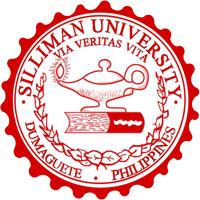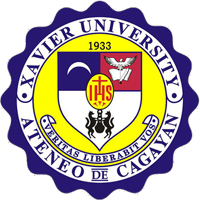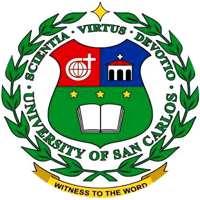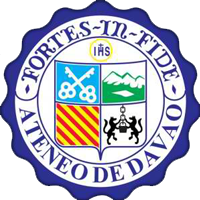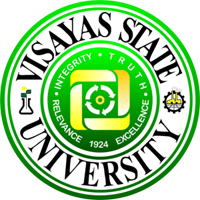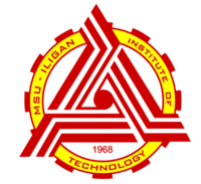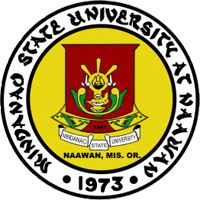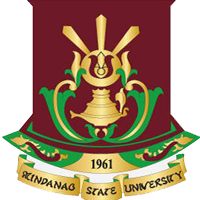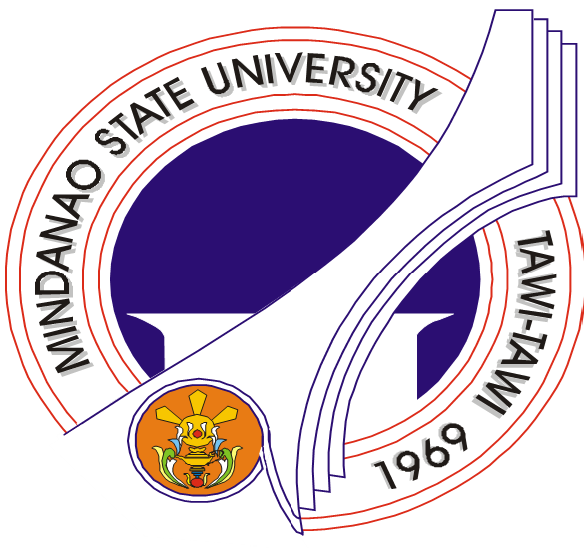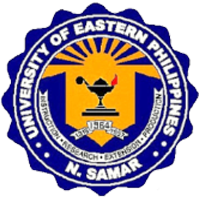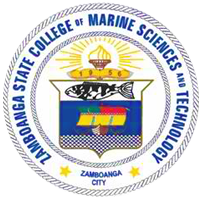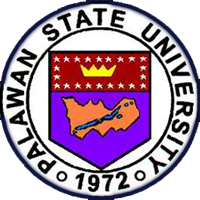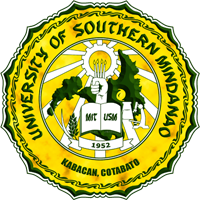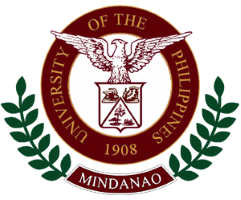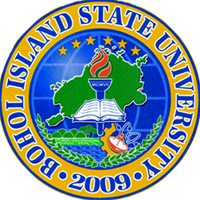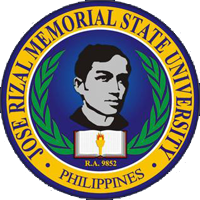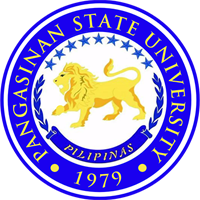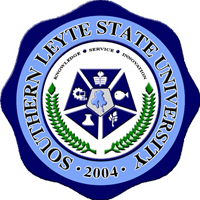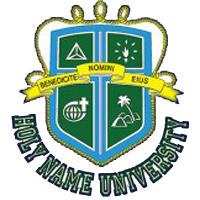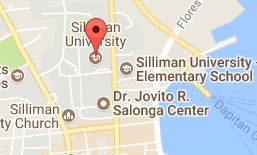JOURNAL OF AQUATIC SCIENCE
Manuscript must conform to the “guide of authors” to minimize delay. The manuscripts of scientific papers should not exceed 15-20 typewritten pages (equivalent to 7-10 pages after layout).
Short papers (notes), which represent a preliminary report or give an account of a significant finding may be given priority and published rapidly under “Notes and Information”. It should not be more than five printed pages in length (approximately 10 typewritten pages), including an abstract of 100 words or less, text, tables, figures and literature cited. The Editors reserve the right to decide whether a manuscript qualifies as a “Note”. The Journal also publishes reviewed articles. Authors should immediately submit the full manuscript.
All manuscripts should be submitted in triplicate (original plus 2 copies) to the Editor-in-chief. Papers sent to the authors for revision should be returned within a month. Rejected manuscripts will only be returned to the authors when they contain important comments from the referees. Corrections in proofs other than typographical errors shall be charged to the author. Corrected proofs should be posted back to the Editor-in-chief within two days of receipt otherwise, the Editor reserves the right to correct the proofs and send the material for publication. Authors will be given 25 off prints (reprints) of their published articles free of charge. Additional off prints are available at P30 a copy when the galley proofs are returned.
Format. Manuscripts should be typewritten double-spaced on one side of a short white bond paper with 2.5cm (1in) margins all around using 12-point Times New Roman font. Indent (0.5in) the first line of each paragraph. Justify text between margins. Capitalize and center major headings. Type second order headings in bold, left bound. Use hanging indention (0.5in) for the literature cited. All text must be concise and consistent (e.g. spelling, abbreviations, etc.) with all pages numbered consecutively. Arrange the text following these major headings: Title page, Abstract, Key words, Introduction, Materials and Methods (including study area), Results, Discussion (including conclusions and recommendations), Acknowledgements, Literature Cited, Tables, Figures, and Plates.
A title page should be provided with the title, short running title, list of authors’ names, institute or laboratory of origin, telephone and fax number and/or e-mail address of the corresponding author.
The complete scientific name (genus, species and authority) should be cited for every organism when first mentioned. Subsequently, the generic name should be abbreviated to the initial except where intervening references to other genera would cause confusion. Latin names should be typed in italic script or underlined.
Author(s) are required to use the International System of Units (SI) for exact measures of physical quantities. Do not use space between numbers and units, e.g. 10g, 15%, 25mm, 120cm, 120ml. Be consistent in the number of decimals used. The numbers one to ten should be spelled
out if not followed by a unit. For numbers higher than ten numerals should be used. Only at the start of a sentence all numbers should be spelled out.
Tables, Plates and Figures. In preparing tables, plates (all photographs) and figures (illustrations, graphs, diagrams), consider the journals printed page of 18.0 x 26.0cm and the necessary reduction. Place all tables, figures and plates at the end of the manuscript. Start with the tables, followed by figures and plates. Each table, as well as computerized figures and plates should be typed on a separate page, numbered with Arabic numerals, and accompanied by a title and explanation caption at the top. Full details should be given so that the table/figure/plate can be understood without reference to the text. Type legends left bound, bold, justified. In the captions, spell the words figure, table and plate out. E.g. Figure 1: Increase in weight from January to December 2004. Abbreviate the words table and figure in the reference to it. E.g. Animals grew much faster in the first half of the year (Fig. 1). Data must not be presented in both tabular and graphical form. Original (none-computerized) figures such as hand-drawn illustrations, graphs or diagrams, should be numbered consecutively and submitted on separate sheets, and marked on the reverse with the figure number, author’s name and brief title in soft pencil. Copies of the figures for the referees should be numbered on the front. Type legends of original figures or plates on a separate page. The publisher reserves the right to reduce or enlarge figures. Photographs (plates) should be submitted in jpg format. They should be of good contrast and well matched for tonal range. Arrows, letters and numbers should be inserted. Micrographs should have an internal calibration bar and the magnification should be mounted together in the form of not numerically but economically arranged layouts. Color (micro) photographs are allowed provided that the author is willing to cover the cost of reproduction. If authors wish to have original illustrations returned after publication they should specify when submitting their paper. The approximate desired position of all figures, plates, and tables should be indicated at the margins or in the text, e.g. Insert Figure 1 here.
Citation and Literature Cited. The Literature Cited should consist of articles published in current content-covered or peer-reviewed journals. Citations of unpublished reports and theses should be minimized. Articles “in press” may be cited but those “submitted” or “in preparation” should not be included.
Personal communication should only be in the text but not be in the list of literature cited. The citation should provide the full name of the person, year of communication, affiliation, e.g. Dr. Filipina Sotto, 2005, University of San Carlos, Cebu).
Arrange citations in the text by authors and year. Use comma between author and year, and semicolon between a series of citations. E.g. Lee (1996a, 1996b) or (Kim, 1994; Boo and Lee, 1995; Kim et al., 1996).
The list of Literature Cited should be in alphabetical order according to the first author. When more than one paper has the same first author, the arrangement should be made as follows:
Single author --- Chronological order
Two authors --- Alphabetical order according to the second author, then chronologically
Three or more authors --- Chronological order
First name initials are placed after the last name and separated by a comma except for the last author. The initials of the last author should be placed before the last name. Do not use space between first name initials. E.g. Hendler, G., Miller, J.E., Pawson, D.L. and P.M. Kier.
Follow the standard form of citation as below:
Journal Article. All titles of journals are either abbreviated or spell out following international standards (accessible through internet). Author(s), year. Title of article (capitalize only names and places). Journal title, Volume number (issue number): inclusive pages.
Examples:
Brown, R.M., Diesmos, A.C. and A.C. Alcala, 2001. The state of Philippine herpetology and the challenges for the next decade. Silliman Journal, 42(1): 18-87.
Goulet, T.L. and M.A. Coffroth, 2004. The genetic identity of dinoflagellate symbionts in Caribbean octocorals. Coral Reefs, 23: 465-472.
Books
Author(s) or Editor(s), year. Title of book (capitalize). Publisher, place of publication, total page number. E.g.
Alcala, A.C. and W.C. Brown, 1998. Philippine Amphibians: An illustrated Field Guide. Bookmark, Inc., Makati City, 116 pp.
Hendler, G., Miller, J.E., Pawson, D.L. and P.M. Kier, 1995. Sea Stars, Sea Urchins, and Allies. Smithsonian Institution Press, Washington and London, 390 pp.
Zug, G.R., Vitt, L.J. and J.P. Caldwell, 2001. Herpetology. An Introductory Biology of Amphibians and Reptiles. 2nd Edition. Academic Press, California, 630 pp.
Chapter in book
Author(s) of chapter, year. Title of chapter. In: Editor(s) of book. Title of book (capitalize). Publisher, place of publication, inclusive pages of chapter. E.g.
Kain, J.M. and T.A. Norton, 1990. Marine ecology. In: Cole, K.M. and R.G. Sheath (eds.). Biology of Red Algae. Cambridge University Press, Cambridge, p. 337-422.
Wolff, W.J., 1983. Estuarine benthos. In: Ketchum, B.H. (ed.). Ecosystems of the World 26: Estuaries and Enclosed Seas. Section I: Estuaries. Elsevier Scientific Publishing Company, Amsterdam, p. 51-182.
Paper in proceedings
Author(s) of paper, year. Title of paper. In: Editor(s) of proceedings. Title of publication or name of conference or both, inclusive dates, place of conference. Publisher, place of publication, inclusive pages of paper. E.g.
Compton, J., 2000. An overview of Asian turtle trade. In: van Dijk, P.P., Stuart, B.L. and A.G.J. Rhodin (eds.). Asian Turtle Trade: Proceedings of a Workshop on Conservation and Trade of Freshwater Turtles and Tortoises in Asia. Chelonian Research Monographs, 2: 24-29.
Hamel, J.-F. and A. Mercier, 2001. Cuvierian tubules in tropical holothurians: Usefulness and efficiency as a defense mechanism. In: Barker, M. (ed.). Echinoderms 2000. Proceedings of the 10th International Conference, Dunedin, 31 January – 4 February 2000. A.A. Balkema Publishers, Rotterdam, p. 351.
Lee, S.Y., 1993. Leaf choice of sesarmine crabs, Chiromanthes bidens and C. maipoensis, in a Hong Kong mangal. In: Morton, B. (ed.). The Marine Biology of the South China Sea, Hong Kong University Press, 2: 597-603.
Thesis or dissertation
Author, year of degree. Title. Type of degree, Institution granting the degree, Location of Institution, total page number. E.g.
Dolorosa, R.G., 2005. Biology of three species of mangrove-associated porcellanid crabs (Porcellanidae: Petrolisthes) in Puerto Princesa Bay, Palawan, Philippines. MS thesis in Marine Biology, Graduate School, Western Philippines University, Aborlan, Palawan, Philippines, 111 pp.
Matillano, J.D., 2003. The ichthyofauna of Lake Manguao, Taytay, Palawan, Philippine. BS thesis in Aquatic Biology, State Polytechnic College of Palawan-Puerto Princesa Campus, Palawan, Philippines, 82 pp.

